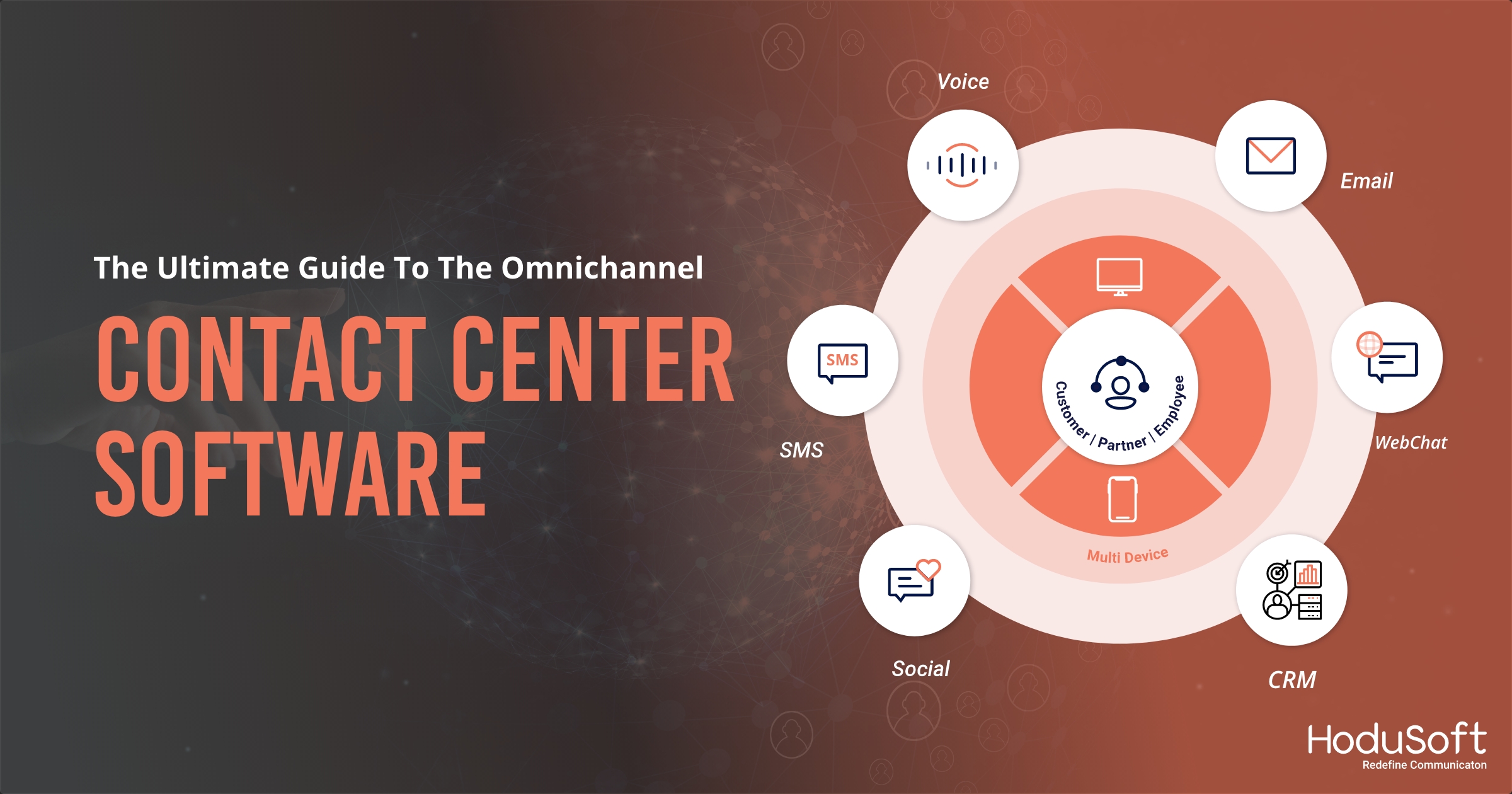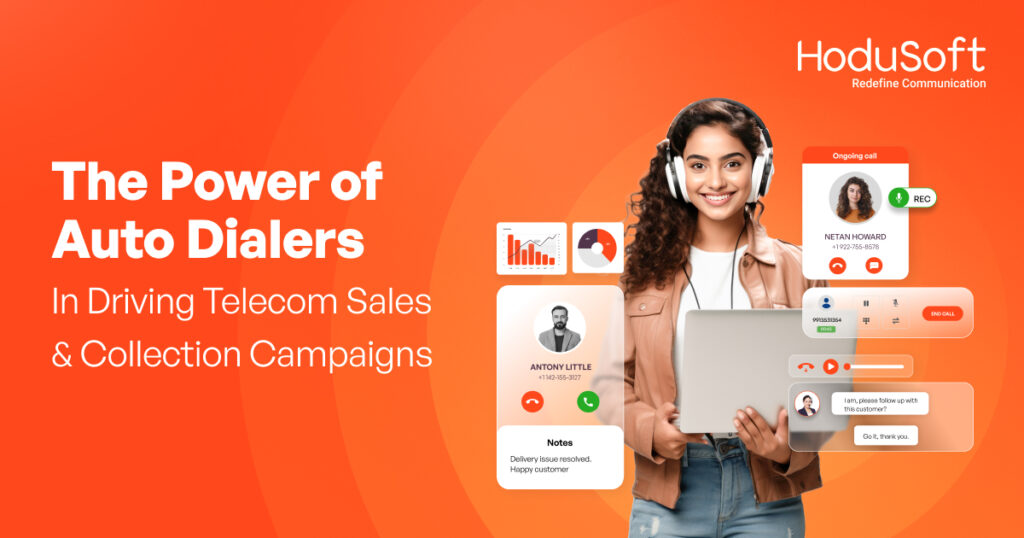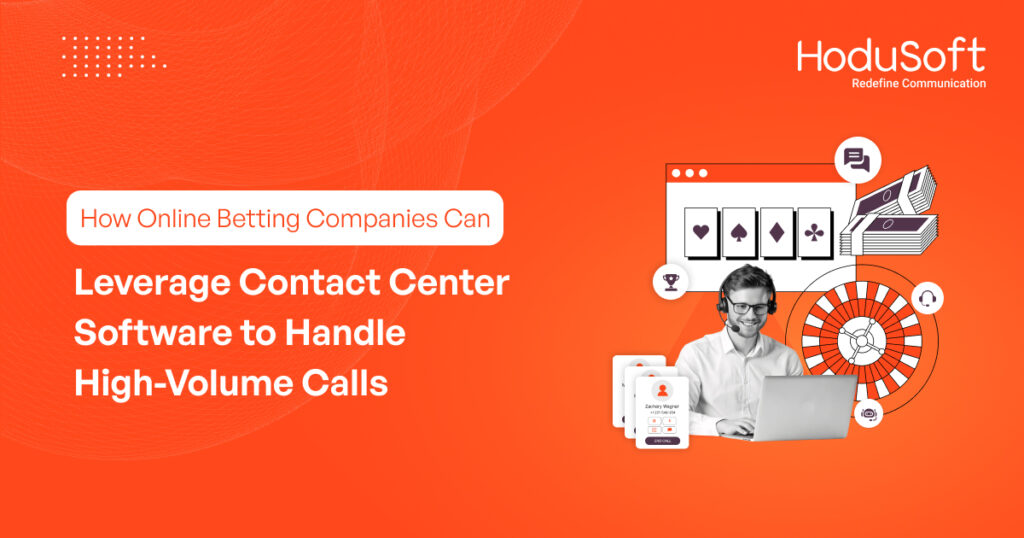The ultimate guide to the omnichannel contact center software
Modern consumers are technologically inclined and driven by efficiency. In response, they expect seamless interaction across channels. Customer care executives should be able to give them the service they anticipate. The use of omnichannel contact center software makes it simple to keep up with the expectations of a modern consumer. The seamless experience translates to effortless delivery of support across multiple channels, and win customers for life.
According to data collected by Think With Google, omnichannel strategies help to induce around 80% of the in-store visits by guests. If companies can diligently capitalize on the opportunity, they have much to gain as 74% of guests do online exploration before visiting a physical store.
What is an Omnichannel Contact Center?
An omnichannel contact center software automates business communication by updating all available channels in real-time, including customer service and communication. Communication initiated on Facebook Messenger can be carried over to other channels, picking up right from where they left.
Interactions on multiple channels are synced, making it easy for representatives to review the conversation before assisting a customer. Additionally, customers can select the mode that suits them the most, resulting in higher customer satisfaction and a more personalized experience.
Among the preferred channels for Omnichannel contact centers are:
- Web conferencing
- Live chat messaging
- SMS texting
- social media (Facebook, Instagram, Twitter, etc.)
In a multichannel center, client commerce may start via dispatch. The dispatch could contain essential information like order and shadowing figures, the time to reach the client, and fresh contact information. An agent reads the dispatch and begins to work on resolving the issue. The same client who wrote the original dispatch also calls into the client service department, reaching a different client service agent than the one that firstly read the dispatch. Because the platform is multichannel and not omnichannel, the new agent has no access to or knowledge of any previous relations. Multichannel platforms make it possible for guests and businesses to connect on multitudinous communication channels.
Omnichannel vs Multichannel Contact Centers
The key to understanding an omnichannel call center is to know what sets it apart from a multichannel contact center. Organizations offer multi- channel options today, including social media, SMS, and web chat. The availability of more channels does not necessarily mean that customers will experience a consistent level of service. Unfortunately, many contact centers remain deficient.
An omnichannel and a multichannel contact center differ on account of channel integration. Multichannel contact centers do not allow seamless channel interaction. Agents are assigned as per the channel. They need to resolve issues quickly. As a result, such an approach does not provide a seamless customer experience, since agents do not review the history of interactions with customers.
Read Also: Importance of Video chat in contact centers
A contact center becomes truly omnichannel only when all customer interactions are seamlessly integrated across various channels. To improve customer engagement and retention, the background information should be accessible to agents. Omnichannel customer service is becoming more common. It has experienced tremendous growth. Therefore, you should adopt an omnichannel strategy.
FAQs on Omnichannel Contact Centers
What are the options for adding custom entities, forms, and dashboards to the Omnichannel for Customer Service app?
Custom dashboards and forms can be added in the same manner for customer service app as other UI module. Default forms can be changed to load custom forms for the entities, and sitemaps can be updated to include custom entities. In the Omnichannel for Customer Service app, all Microsoft Data verse entities and pages are compatible.
What is an omnichannel strategy?
Integration is crucial when you consider your omnichannel strategy. An omnichannel contact center meaning can only be understood when it is truly omnichannel and all customer interactions are integrated across channels, with all relevant historical information and personal background readily available to agents.
What are the benefits of using AI in a contact center?
Artificial intelligence (AI) can improve customer service in contact centers. However, research has shown that contact centers using AI without omnichannel experience fewer benefits.
What Makes an Omnichannel Customer Experience Good?
A seamless omnichannel customer experience is important. The ability to resolve issues quickly and completely builds long-term customer loyalty. Omnichannel customer service consists of four components:
Streamlined channel connections
In omnichannel, when customers make a call, send an email, text a message, or use any other inbound digital channel, agents can see the entire service journey and respond and address the issue accordingly.
Routing intelligence
Customer data and personal information can be linked using an omnichannel platform. If CRM is integrated with customer service software, call routing is intelligent..
Integrated applications
The contact center must fully integrate new communication channels immediately. Omnichannel experience can be achieved by a few channels. Contact center solutions that are most valuable are integrated into your ecosystem with pre-built integrations and offer API integrations as well.
Customer Experiences in Omnichannel Contact Centers
It is clear that omnichannel offers many benefits, but contact centers must implement and optimize omnichannel best practices.
Following are some best practices for building brand loyalty to thrive in uncertainty.
Integration of tools
Organizations that have mastered the seamless omnichannel experience rely on omnichannel tools to track customer interactions and integrate data across all channels. Disney, for instance, has built an international business on its exceptional customer service and coordinates everything from its website to mobile apps and other systems, from online purchases to event and restaurant reservations to on-site transactions.
Map your Online Customer Journey
An online or mobile app shows what customers are considering buying, how they keep an eye on their accounts, and what information they’re looking for about products. Agents can bring exceptional customer satisfaction to the next level by using these details.
Focus on social media
When it comes to social media, the stakes are particularly high in the social media contact center. This is because social media channels magnify the impact of good communications and vice versa. Customers who ask for customer service on Facebook and do not receive a reply broadcast their frustrations. In contrast, if they love your service, the likes, follows, and positive comments bolster your credibility.
Analyze consumer preferences
Technologies and preferences change constantly. So does an effective omnichannel strategy. Additional channels may become unnecessary as others are added and can be removed from the mix, saving agents’ time and increasing efficiency, even improving customer service.
Consumers can stay in the chat channel when they need assistance by integrating chatbots with agent desktops. Once the customer requests a live agent, the logged conversation is transferred to an agent’s desktop. Representatives pick up where the bot left off without missing a step. Now that’s omnichannel to the max.
Conclusion
Although implementing omnichannel platform capabilities requires careful consideration, the results are well worth the effort. When organizations move quickly to correct their errors and maintain their strategies well, they will reap immediate benefits.
To know more about HoduSoft’s omnichannel contact center software, call us now on +91 886 672 8362 | +1 707 708 4638 or write to [email protected]



